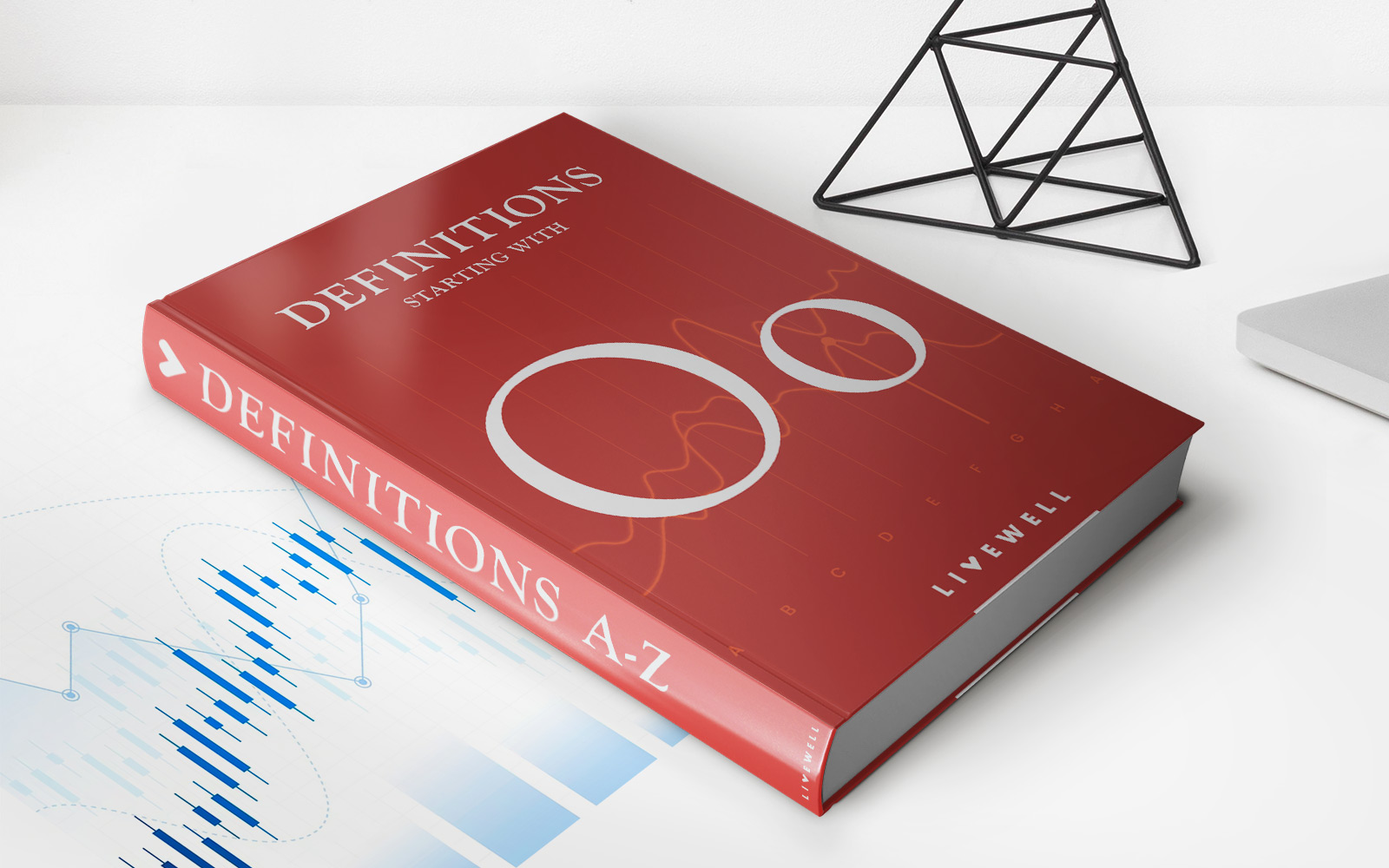

Finance
Backwardation: Definition, Causes, And Example
Published: October 12, 2023
Learn about backwardation in finance, its causes, and get a real-life example. Understand how this phenomenon can impact markets and trading strategies.
(Many of the links in this article redirect to a specific reviewed product. Your purchase of these products through affiliate links helps to generate commission for LiveWell, at no extra cost. Learn more)
Understanding Backwardation in Finance
Have you ever come across the term “backwardation” in the world of finance? If you’re not familiar with it, don’t worry, you’re not alone. Backwardation is a common concept in commodity markets, and understanding it can help you make informed decisions when it comes to investments and trading. In this article, we will explore the definition, causes, and provide an example of backwardation to enhance your financial knowledge.
Key Takeaways:
- Backwardation refers to a situation in the commodities market where the current or spot price of a commodity is higher than its future price.
- This condition usually occurs during times of supply scarcity, increased demand, or market uncertainty.
Now, let’s dive deeper into the concept of backwardation.
Definition of Backwardation
Backwardation is a term used to describe a situation where the price of a commodity for immediate delivery, also known as the spot price, is higher than the price of the same commodity for future delivery. In other words, it signifies that the market has an immediate demand for the commodity, which surpasses its anticipated future supply. This condition can be observed in various commodity markets, including energy, metals, and agriculture.
Causes of Backwardation
Several factors can contribute to the occurrence of backwardation in the market. Here are some of the most common causes:
- Supply Scarcity: When there’s a shortage of a particular commodity due to production issues, natural disasters, or geopolitical tensions, the spot price tends to rise above the future price, leading to backwardation.
- Increased Demand: A sudden surge in demand for a commodity can result in backwardation as traders and investors are willing to pay a premium for immediate delivery due to concerns of future supply availability.
- Market Uncertainty: Economic uncertainties, global events, or geopolitical factors can create uncertainty in commodity markets. During times of volatility, investors may prefer to have physical possession of the commodity rather than being reliant on future contracts, leading to backwardation.
Example of Backwardation
Let’s illustrate backwardation with an example. Imagine there’s a drought in a major wheat-producing region, leading to a significant decline in wheat production. The sudden decrease in supply combined with stable or growing demand for wheat creates a scenario of backwardation. As a result, the immediate or spot price of wheat rises higher than the future price as buyers, such as bakeries or food companies, are willing to pay a premium to secure wheat supplies.
In this situation, traders who anticipate the future price of wheat to increase even further may be willing to enter into futures contracts to capitalize on potential gains. They can buy wheat futures at a lower price and hold onto them until the price increases. However, those requiring wheat immediately, such as businesses that rely on it for their products, may find it more beneficial to purchase at the higher spot price to secure their supply.
In Conclusion
Understanding backwardation is crucial for investors and traders in commodity markets as it provides insights into the current supply-demand dynamics and market sentiment. By recognizing the causes and recognizing when backwardation occurs, you will be better equipped to make informed decisions in your financial endeavors. Remember, supply scarcity, increased demand, and market uncertainty are the primary drivers of backwardation. Keep an eye on these factors, and you’ll be on your way to navigating commodity markets with confidence.
Key Takeaways:
- Backwardation refers to a situation in the commodities market where the current or spot price of a commodity is higher than its future price.
- This condition usually occurs during times of supply scarcity, increased demand, or market uncertainty.














